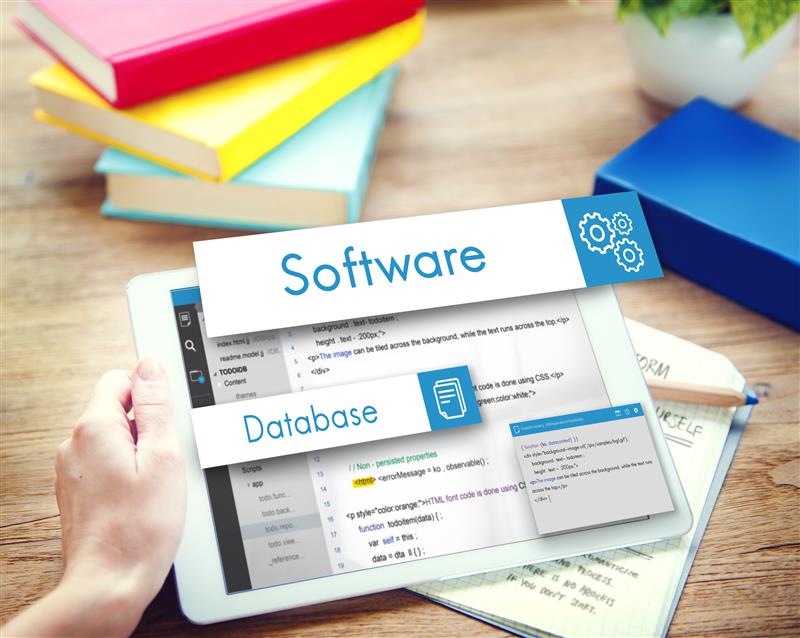Imagine rolling out a complex enterprise application across desktops, web browsers, and mobile devices in a matter of weeks, not months, without compromising security, performance, or maintainability. Picture an Enterprise Application Development Framework that allows your teams to scale applications effortlessly, integrate with legacy systems, and deploy updates reliably, all while maintaining full control over architecture and workflow. This isn’t a futuristic dream; it’s what enterprises are achieving with DevExpress eXpressApp Framework (XAF).
XAF offers a modular, flexible, and integration-ready approach to building enterprise-grade applications. By combining scalability, Cross-Platform Enterprise Apps capabilities, and DevOps compatibility, it empowers organizations to accelerate development cycles while maintaining robust governance and operational excellence.
If you’re exploring how XAF compares to low-code approaches, check out our previous post: Low-Code? Try Pro-Code: How DevExpress XAF Helps Us Build Enterprise Apps Faster and Smarter.
The Enterprise Challenge: Complexity Meets Speed
Building enterprise applications today is more complex than ever. Organizations face several intertwined challenges:
- Multi-platform demands: Delivering consistent functionality across desktops, web applications, and mobile devices.
- Scalability pressures: Handling growing datasets, concurrent users, and complex workflows without sacrificing performance.
- Legacy integration: Connecting new applications with existing systems without costly rework.
- Compliance and security: Meeting regulatory requirements and protecting sensitive data in highly regulated industries.
Traditional development approaches often struggle to address these challenges simultaneously, resulting in slow delivery cycles, fragmented user experiences, and increased operational risks.
XAF: A Framework Built for Enterprise Agility
DevExpress XAF bridges the gap between enterprise complexity and the need for speed. Unlike conventional low-code platforms, XAF provides pro-code flexibility, allowing development teams to implement sophisticated business logic while leveraging a structured Enterprise Application Development Framework for efficiency.
Core strengths of XAF include:
- Modular, reusable architecture: Applications are composed of independent modules, simplifying updates and enabling efficient maintenance.
- Cross-platform support: Build once and deploy on desktop, web, and mobile platforms with consistent performance and UX.
- Integration-friendly design: Connect seamlessly with enterprise APIs, legacy systems, and third-party tools.
- Security and compliance: Built-in role-based access, audit trails, and authentication systems align with enterprise governance requirements.
This combination of speed, control, and scalability positions XAF as a strategic framework for enterprises seeking reliable, high-impact application solutions and modern Cross-Platform Enterprise Apps.
Why Enterprises Are Adopting XAF
Enterprises choose XAF not only for technical benefits but also for measurable business impact. Here’s why it has become a preferred Enterprise Application Development Framework:
1. Accelerated Development Without Compromise
XAF’s modular design and prebuilt components allow rapid development of functional modules and user interfaces. Enterprises can prototype and test applications quickly, iterating based on real-world feedback.
At the same time, XAF does not sacrifice flexibility. Developers can extend modules with complex business logic, integrations, and workflow automation. This balance ensures fast delivery without compromising on quality, maintainability, or enterprise requirements.
2. Scalable Architecture for Growing Businesses
Scalability is critical for enterprises dealing with large datasets, numerous concurrent users, and complex workflows. XAF’s multi-tier architecture supports horizontal and vertical scaling, enabling applications to grow alongside the business.
Combined with modern DevOps practices, XAF allows teams to implement CI/CD pipelines for automated builds, testing, and deployments, ensuring that scaling doesn’t introduce errors or downtime. As a result, enterprises benefit from a resilient Enterprise Application Development Framework that grows with demand.
3. Cross-Platform Deployment with Consistency
Delivering consistent applications across multiple platforms is a persistent challenge. XAF enables write once, deploy anywhere, covering desktop, web, and mobile environments.
This reduces development and maintenance costs, ensures a consistent user experience, and allows IT teams to focus on innovation and strategic enhancements rather than platform-specific troubleshooting. This makes it a powerful choice for enterprises looking to deliver true Cross-Platform Enterprise Apps.
Looking to understand how CI/CD pipelines can enhance enterprise apps? Learn more in: Effective Release Management Using Azure DevOps: Streamline Your Software Deployments
4. Security, Compliance, and Governance
Security and compliance are non-negotiable for enterprise applications. XAF addresses this through:
- Role-based access control: Ensures users only access relevant functionality.
- Audit trails: Provides detailed tracking of changes and user activity for compliance reporting.
- Authentication integration: Supports enterprise-grade identity management and SSO systems.
For regulated industries like finance, healthcare, and government, these features minimize risk and streamline governance processes, further reinforcing the reliability of XAF as an Enterprise Application Development Framework.
5. Measurable ROI and Business Impact
Adopting XAF delivers tangible business benefits:
- Reduced development costs: Reusable modules and structured workflows minimize redundant work.
- Faster time-to-market: Accelerated development cycles allow organizations to launch applications faster.
- Lower operational risk: Automated deployment and testing reduce human errors and downtime.
By improving speed, reliability, and scalability, XAF ensures that enterprise applications deliver both technical and strategic value, especially when delivering Cross-Platform Enterprise Apps.
Real-World Enterprise Use Cases
The true power of XAF is best understood in how enterprises are leveraging it to solve real-world challenges. From complex internal systems to customer-facing applications, XAF provides the flexibility, scalability, and integration capabilities required for modern enterprise operations.
1. ERP and CRM Systems
Enterprise Resource Planning (ERP) and Customer Relationship Management (CRM) systems are foundational for businesses, yet building or modernizing them is often a massive undertaking. XAF’s modular architecture allows enterprises to:
- Build fully integrated ERP modules such as finance, inventory, procurement, and HR.
- Implement CRM functionalities like lead management, customer segmentation, and support ticketing.
- Rapidly extend functionality as business processes evolve, without disrupting the existing system.
- Maintain a single codebase that works across desktop, web, and mobile platforms.
This ensures enterprises can maintain operational efficiency, reduce development overhead, and roll out updates faster than traditional monolithic systems, another hallmark of a well-structured Enterprise Application Development Framework.
2. Analytics and AI Dashboards
Data-driven decision-making is critical in today’s competitive landscape. Enterprises often struggle to integrate analytics, visualization, and AI into their applications without slowing down performance. XAF supports:
- Real-time dashboards for KPIs, financial metrics, or operational data.
- Integration with AI/ML models, enabling predictive analytics and advanced reporting.
- Handling large datasets efficiently, with role-based access ensuring users see only relevant insights.
- Cross-platform deployment so executives, managers, and field staff can access data from any device.
By providing scalable, modular, and secure dashboards, XAF empowers organizations to leverage insights in real time, driving smarter business decisions for Cross-Platform Enterprise Apps.
3. Cloud Migration and Modernization
Legacy systems are a common pain point for enterprises. Migrating these systems to modern platforms often requires extensive redevelopment. XAF simplifies this with:
- Reusable modules that mirror legacy functionality, reducing the need for complete rewrites.
- Cross-platform deployment to web and mobile without creating separate codebases.
- Seamless integration with cloud services like Azure, AWS, or hybrid environments.
- Support for DevOps pipelines, allowing automated testing, deployment, and monitoring in the cloud.
Enterprises can thus modernize applications efficiently, reduce technical debt, and unlock the benefits of cloud scalability and resilience through a robust Enterprise Application Development Framework.
If you want to dive deeper into real-time UI development and agile design, see our previous blog: Secrets for Agile UI Design: Unlocking Azure DevOps for Real-time UI Development.
4. Industry-Specific Enterprise Applications
Many industries require highly specialized applications that combine complex business rules, compliance, and integration with external systems. XAF proves its versatility in scenarios like:
- Healthcare: Patient management systems with EHR integration and HIPAA compliance.
- Finance: Investment tracking platforms, risk analysis dashboards, and regulatory reporting.
- Manufacturing: Production monitoring, inventory tracking, and supply chain management.
- Government: Citizen service portals and internal workflow automation with secure compliance.
In each case, XAF enables the creation of industry-ready, scalable Cross-Platform Enterprise Apps without compromising maintainability.
5. Collaboration and Workflow Management Tools
Enterprises increasingly rely on applications that streamline collaboration and workflow management across distributed teams. XAF’s integration-friendly design and modular capabilities enable:
- Custom project management solutions with task assignment, notifications, and reporting.
- Workflow automation across departments, reducing manual processes and errors.
- Secure document management and version control with role-based access.
- Cross-platform accessibility, allowing teams to collaborate from anywhere.
This reinforces the role of XAF as an adaptable Enterprise Application Development Framework for collaborative enterprise solutions.
Integrating XAF into Enterprise DevOps
Modern enterprises rely on DevOps to maintain agility, consistency, and quality. XAF integrates seamlessly into these workflows:
- Continuous Integration (CI): Automated builds and tests of XAF modules with each code commit.
- Continuous Deployment (CD): Reliable, repeatable deployments across staging and production environments.
- Version Control: Efficiently manage modules, track changes, and rollback when necessary.
- Monitoring and Feedback: Integration with enterprise monitoring tools enables proactive performance management.
This integration allows enterprises to scale applications, maintain high quality, and respond swiftly to evolving business needs, strengthening XAF’s position as both an Enterprise Application Development Framework and an enabler of scalable Cross-Platform Enterprise Apps.
Looking to integrate AI that adapts in real-time while scaling your enterprise applications? Check out how adaptive AI models evolve with Azure DevOps: Continuous Learning in AI with Azure DevOps: How Adaptive AI Models Evolve in Real-Time
Key Takeaways
XAF is more than a development framework; it is a strategic enabler for enterprise-scale application delivery:
- Rapid development without sacrificing quality or control.
- Scalable architecture capable of supporting complex enterprise workflows.
- Cross-platform deployment for consistent user experience.
- Built-in security, compliance, and maintainability for regulated industries.
- Measurable ROI through faster delivery, cost reduction, and operational efficiency.
By leveraging XAF, enterprises gain the tools and flexibility needed to innovate, scale, and maintain operational excellence in a competitive digital environment.
Conclusion:

For enterprises seeking faster, scalable, and Cross-Platform Enterprise Apps delivery, XAF provides a proven, strategic advantage. Ariel Software Solutions helps organizations unlock the full potential of this Enterprise Application Development Framework, integrating it into DevOps pipelines, ensuring seamless deployment, and optimizing application performance across platforms.
Ready to scale your enterprise apps faster and smarter? Book a free strategy session with Ariel Software Solutions and see XAF in action.
By combining XAF with expert implementation strategies, enterprises can accelerate delivery, reduce operational risk, and maximize ROI, preparing applications for today’s challenges and tomorrow’s growth.
Frequently Asked Questions (FAQs)
1. What is an Enterprise Application Development Framework?
An Enterprise Application Development Framework provides the tools, libraries, and architecture needed to build large-scale business applications. It ensures scalability, maintainability, and integration with existing enterprise systems, helping organizations deliver reliable solutions faster.
2. Why should enterprises choose XAF over traditional low-code platforms?
While low-code platforms focus on speed, they often lack flexibility and scalability. XAF combines the best of both worlds, rapid development with pro-code extensibility, making it ideal for complex enterprise-grade applications.
3. Can XAF be used to build cross-platform enterprise apps?
Yes. XAF supports deployment across desktop, web, and mobile environments from a single codebase, enabling enterprises to deliver consistent experiences across platforms without duplicating development efforts.
4. How does XAF handle security and compliance in enterprise applications?
XAF includes built-in enterprise-grade security features such as role-based access control, audit trails, and authentication integrations. These ensure compliance with industry regulations while maintaining robust governance.
5. What types of enterprise applications can be built with XAF?
XAF is versatile and can be used to build ERP systems, CRM platforms, analytics dashboards, customer portals, and industry-specific enterprise apps in sectors like healthcare, finance, manufacturing, and government.




